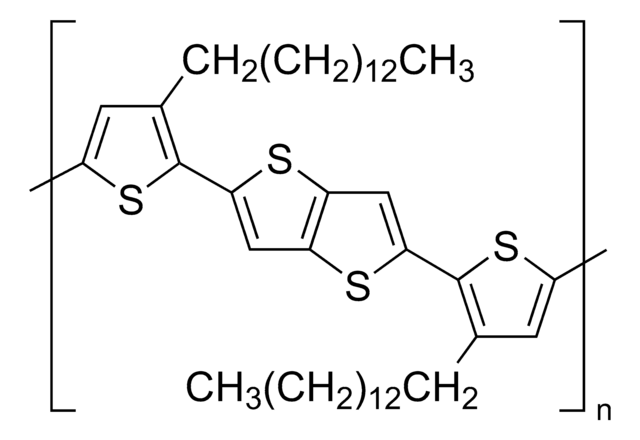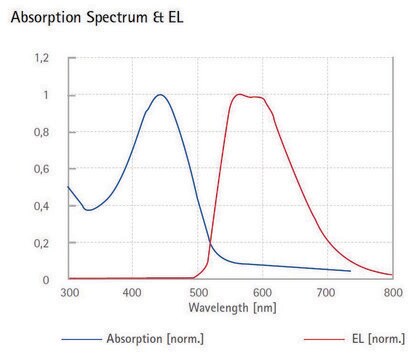510831
Poly(3-octylthiophene-2,5-diyl)
regiorandom
Sinónimos:
P3OT
About This Item
Productos recomendados
mol peso
average Mn 22,000
average Mw 36,600
color
red
mp
198-211 °C
solubilidad
chloroform, methylene chloride, toluene, and THF: soluble
fluorescencia
λex 419 nm; λem 550 nm in chloroform
rendimiento de la unidad OPV
ITO/PEDOT:PSS/P3OT:PC61BM (1:2)/LiF/Al
¿Está buscando productos similares? Visita Guía de comparación de productos
Descripción general
Aplicación
Rechargeable battery electrodes, electrochromic devices, chemical and optical sensors, light-emitting diodes, microelectrical amplifiers, field-effect transistors and non-linear optical materials.
Características y beneficios
Envase
Información legal
Rieke is a registered trademark of Rieke Metals, Inc.
Código de clase de almacenamiento
11 - Combustible Solids
Clase de riesgo para el agua (WGK)
WGK 3
Punto de inflamabilidad (°F)
Not applicable
Punto de inflamabilidad (°C)
Not applicable
Equipo de protección personal
Eyeshields, Gloves, type N95 (US)
Certificados de análisis (COA)
Busque Certificados de análisis (COA) introduciendo el número de lote del producto. Los números de lote se encuentran en la etiqueta del producto después de las palabras «Lot» o «Batch»
¿Ya tiene este producto?
Encuentre la documentación para los productos que ha comprado recientemente en la Biblioteca de documentos.
Los clientes también vieron
Artículos
Light-Emitting Polymers
Polymer Semiconductors for Intrinsically Stretchable Organic Transistors
Nuestro equipo de científicos tiene experiencia en todas las áreas de investigación: Ciencias de la vida, Ciencia de los materiales, Síntesis química, Cromatografía, Analítica y muchas otras.
Póngase en contacto con el Servicio técnico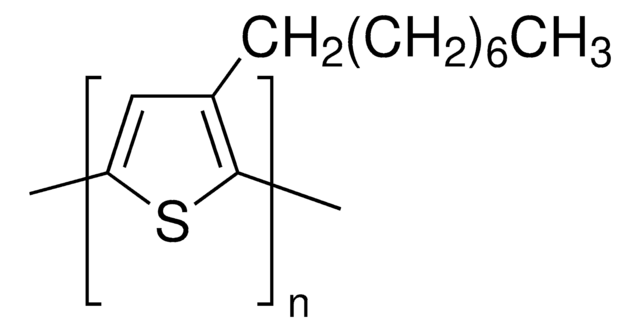
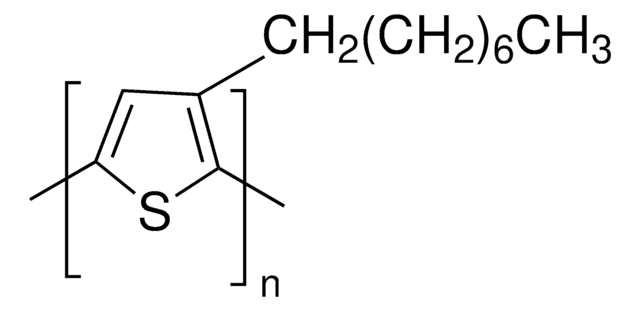
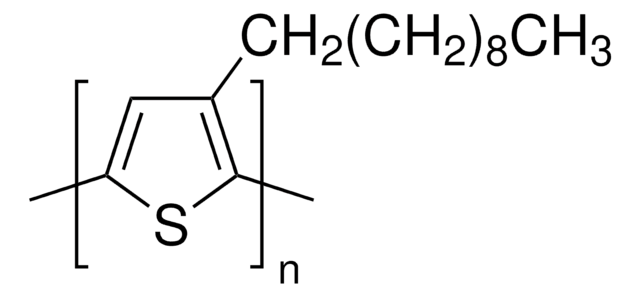
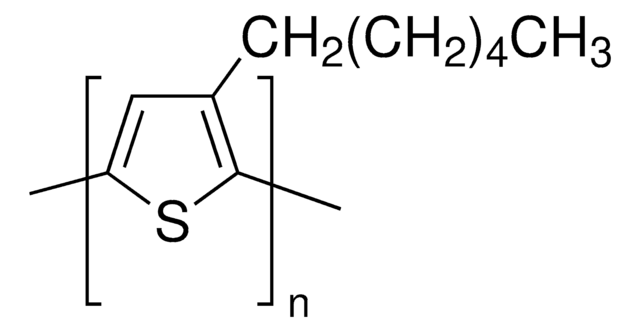



![Poly[2-methoxy-5-(2-ethylhexyloxy)-1,4-phenylenevinylene] average Mn 70,000-100,000](/deepweb/assets/sigmaaldrich/product/structures/344/488/b8f8179d-3970-4deb-a754-adda88cdb36f/640/b8f8179d-3970-4deb-a754-adda88cdb36f.png)
